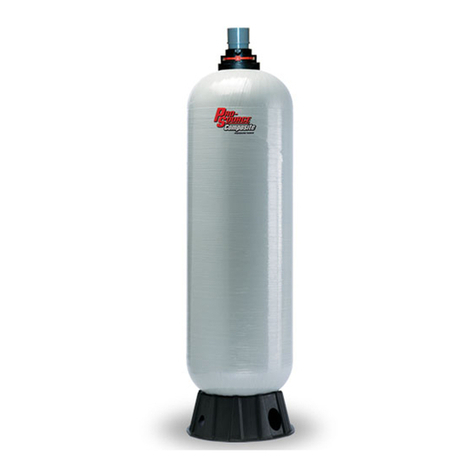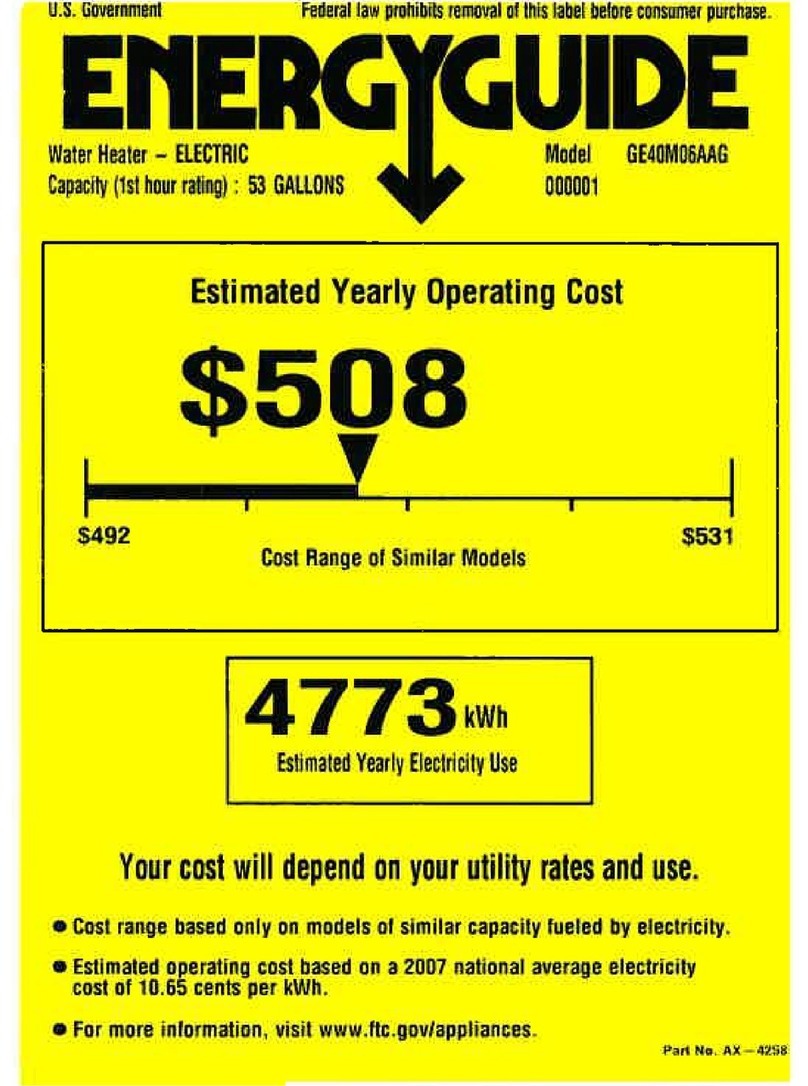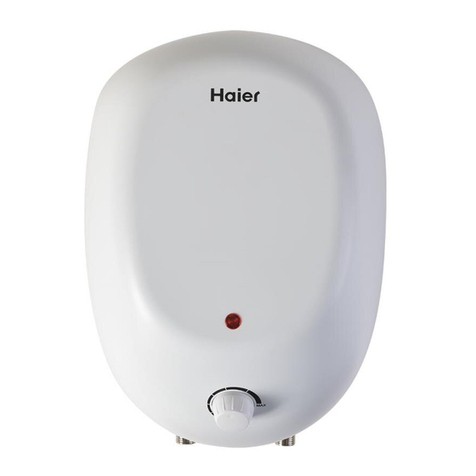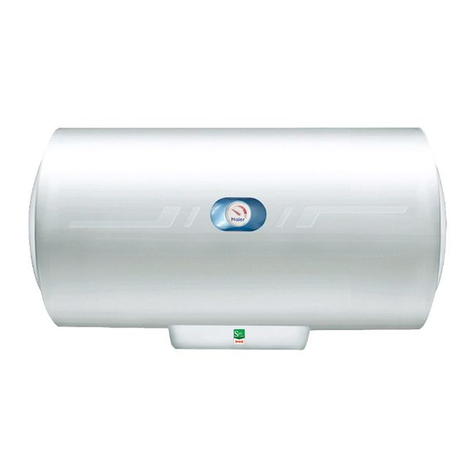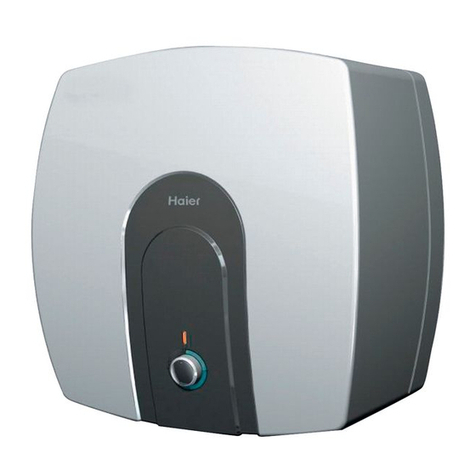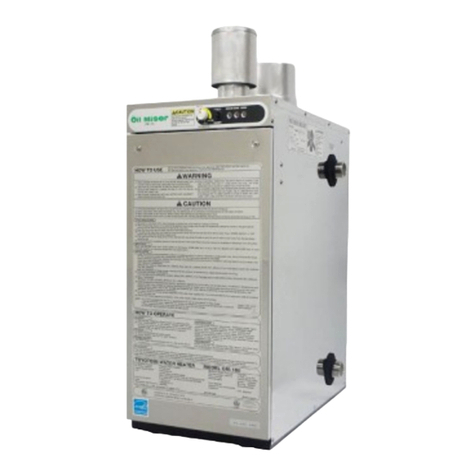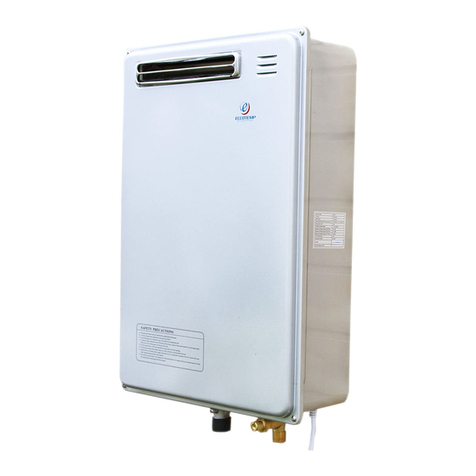3
CONTENTS PAGE
PILOT-LIGHTHEATERS(modellenADMP40t/m115)
1GENERAL
1.1 Description of the heater ................................................................................................................ 4
1.2 Technical safety equipment............................................................................................................ 5
1.2.1 Gas control block ............................................................................................................................ 5
1.2.2 Control box ...................................................................................................................................... 5
1.2.3 Thermal reflux safeguard (TRS) .....................................................................................................5
1.3 Technical description...................................................................................................................... 6
1.3.1 Dimensions .................................................................................................................................... 6
1.3.2 Technical data................................................................................................................................. 8
2 FORTHEINSTALLER
2.1 Installation instructions.................................................................................................................10
2.1.1 Installation.....................................................................................................................................10
2.1.2 Water connection ..........................................................................................................................10
2.1.3 Gas connection .............................................................................................................................12
2.1.4 Flue system...................................................................................................................................12
2.1.5 Flue-gas discharge.......................................................................................................................12
2.1.6 Thermal reflux safeguard (TRS) ...................................................................................................13
2.1.4 Electrical connection.....................................................................................................................13
2.2 Commissioning............................................................................................................................14
2.2.1 Filling the heater ...........................................................................................................................14
2.2.2 Commissioning ADMP models....................................................................................................14
2.2.3 Setting the pilot light......................................................................................................................14
2.3 Shutting down ...............................................................................................................................14
2.4 Operation/temperature control .....................................................................................................14
2.5 Setting the nominal loads.............................................................................................................15
2.6 Conversion to another gas ...........................................................................................................15
2.7 Maintenance..................................................................................................................................17
2.8 Anode ............................................................................................................................................17
2.9 Deliming........................................................................................................................................17
2.10 Condensation ...............................................................................................................................17
2.11 Spare parts ...................................................................................................................................17
3 FORTHEUSER
3.1 Instructions for use .......................................................................................................................18
3.1.1 Warning .........................................................................................................................................18
3.1.2 Filling the heater ...........................................................................................................................18
3.1.3 Commissioning ADMP models....................................................................................................18
3.2 Operation ......................................................................................................................................18
3.3 Shutting down ...............................................................................................................................18
3.4 Maintenace ....................................................................................................................................18
4 WHATTODOINCASEOFAFAILURE
4.1 General .........................................................................................................................................19
4.1.1 Overheat thermostat .....................................................................................................................19
4.1.2 Thermal Reflux Safeguard (TRS) .................................................................................................19
4.1.3 Wrong hot water temperature .......................................................................................................19
4.1.4 Water temperature too high ..........................................................................................................19
4.2 Fault overview................................................................................................................................20
5WARRANTY
5.1 Garantee in general ......................................................................................................................21
5.2 Garantee of the tank...................................................................................................................... 21
5.3 Conditions for installation and use ..............................................................................................21
5.4 Exclusions.....................................................................................................................................21
5.5 Range of the quarantee ................................................................................................................21
5.6 Claims...........................................................................................................................................21
5.7 No other quarantee or warranty either expressed or implied is made on behalf
of A.O.SMITHWATERPRODUCTSCOMPANY ...........................................................................21
Appendix1 Electrical scheme ADMP-models.................................................................................................22




